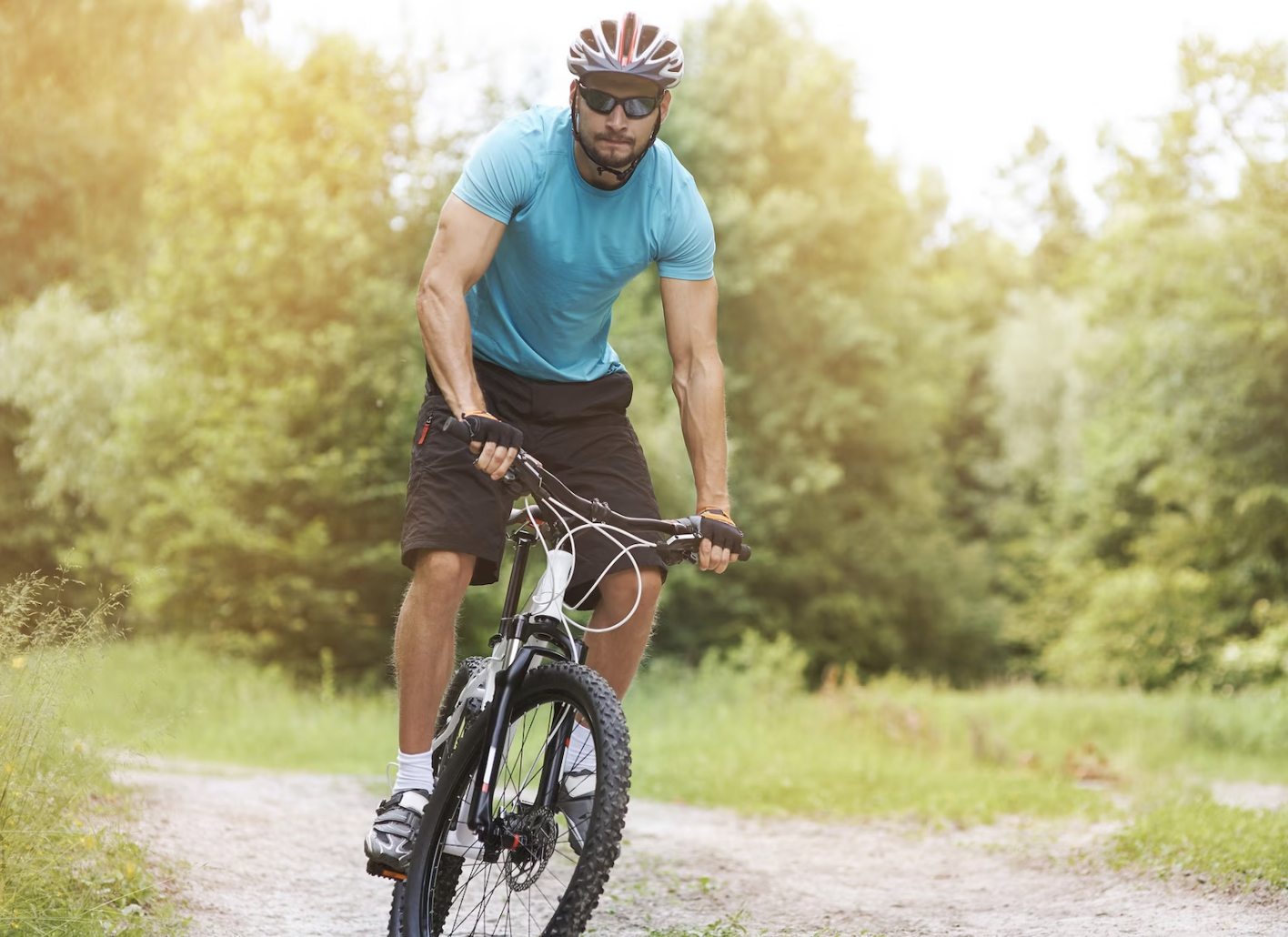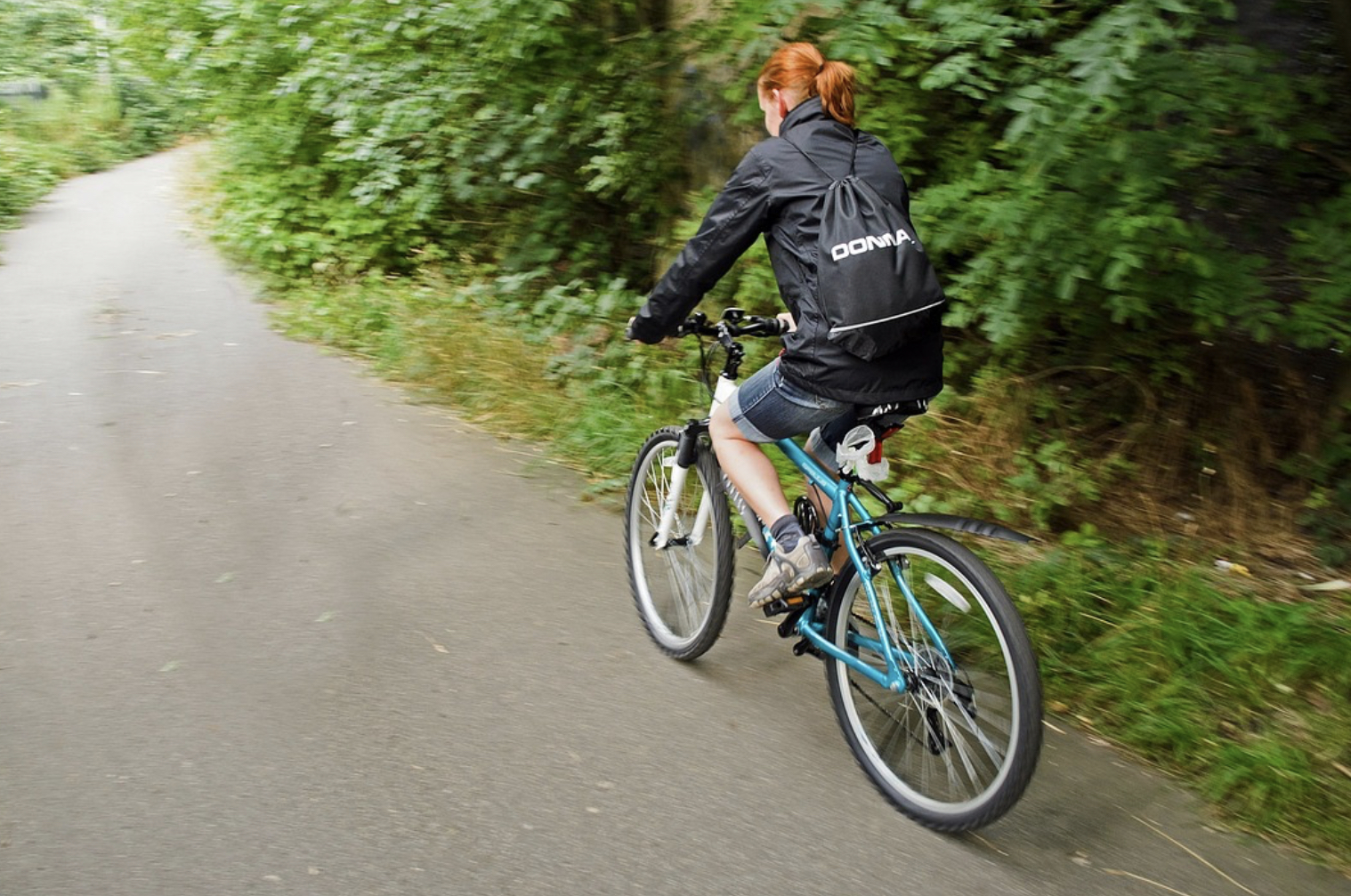
How many km should I bike in 30 minutes? The distance you can bike in 30 minutes depends on various factors, such as your fitness level, biking speed, and terrain.
On average, a reasonably fit cyclist can cover a distance of 10 to 15 kilometers in 30 minutes on flat terrain. However, it’s important to note that this is just an estimate, and your actual distance may vary.
Factors such as wind resistance, elevation changes, and your personal biking abilities will affect your speed and, consequently, the distance you can cover in the given time frame.
Let’s deep dive on the facts about “How Many km Should I Bike In 30 Minutes?”:
How far can I bike in 30 minutes?
On average, a reasonably fit cyclist can cover a distance of approximately 10 to 15 kilometers in 30 minutes on flat terrain.
Is a 30 minute bike ride good?
Yes, a 30-minute bike ride can be considered a good workout and a valuable addition to a regular fitness routine. Biking for 30 minutes provides an opportunity to engage in cardiovascular exercise, which has numerous health benefits. It helps improve cardiovascular fitness, strengthen leg muscles, burn calories, and boost overall endurance.
Regular 30-minute bike rides can contribute to weight management, increase energy levels, and improve mood by releasing endorphins, the “feel-good” hormones.
Additionally, cycling is a low-impact exercise that puts less stress on joints compared to activities like running or high-impact aerobics, making it suitable for people of various fitness levels.
Remember, the intensity and difficulty of the ride may vary based on factors like terrain, speed, and resistance. It’s important to tailor your biking routine to your fitness level and gradually increase the duration or intensity as you become more comfortable and experienced.
Can you lose weight cycling 30 minutes a day?
Yes, cycling for 30 minutes a day can contribute to weight loss when combined with a balanced diet and a consistent exercise routine.
Regular cycling helps burn calories and increase your metabolic rate, which can aid in weight loss or weight maintenance.
The number of calories burned during a 30-minute cycling session depends on factors such as your weight, cycling speed, and the intensity of your ride. On average, a person weighing around 155 pounds (70 kilograms) can burn approximately 210 to 311 calories during a moderate-intensity 30-minute bike ride.
To effectively lose weight, it’s important to create a calorie deficit by burning more calories than you consume. Combining regular cycling with a healthy, calorie-controlled diet can help you achieve your weight loss goals. Additionally, cycling engages multiple muscle groups, primarily the legs, and can help improve overall muscle tone and body composition.
Remember that weight loss is a gradual process, and individual results may vary. It’s always a good idea to consult with a healthcare professional or a registered dietitian for personalized advice and guidance on weight loss strategies.
Can you bike 10 miles in 30 minutes?
Biking 10 miles in 30 minutes would require an average speed of 20 miles per hour (32 kilometers per hour).
Achieving such a speed is considered quite challenging for most recreational or casual cyclists. It typically requires a higher level of fitness, specialized training, and equipment designed for speed, such as a road bike.
Maintaining an average speed of 20 miles per hour (32 kilometers per hour) for an extended period can be demanding and may require significant effort.
While it’s possible for experienced and trained cyclists to achieve such speeds, it’s important to note that this is not an average or attainable pace for most individuals during a regular 30-minute bike ride.
Is 30 minutes of biking enough exercise?
Yes, 30 minutes of biking can provide a valuable and effective workout. Regular cycling for 30 minutes offers several health benefits and can be considered a sufficient form of exercise for many individuals.
Biking for 30 minutes is a cardiovascular activity that raises your heart rate and helps improve cardiovascular fitness.
It also engages the major muscle groups in your legs, such as the quadriceps, hamstrings, and calves, promoting strength and endurance. Additionally, cycling is a low-impact exercise, which means it puts less stress on your joints compared to higher-impact activities like running.
To maximize the benefits, you can incorporate intervals of higher intensity or incorporate hills to challenge yourself further.
While 30 minutes of biking can be a good starting point, it’s generally recommended to aim for at least 150 minutes of moderate-intensity aerobic exercise or 75 minutes of vigorous-intensity exercise per week, as per the guidelines provided by health organizations.
It’s beneficial to combine biking with other forms of exercise and maintain a well-rounded fitness routine for optimal health and fitness benefits.
Is it OK to bike everyday?
Biking every day can be a beneficial and healthy activity for most individuals, as long as you approach it in a balanced and mindful manner. Cycling offers numerous physical and mental health benefits and can be a great addition to your daily routine.
Some of the benefits of biking daily include improved cardiovascular fitness, increased muscle strength and endurance, enhanced joint flexibility, and weight management.
Regular cycling also helps reduce the risk of chronic diseases, such as heart disease, diabetes, and certain types of cancer.
However, it’s important to consider a few factors when deciding to bike every day:
- Listen to your body: Pay attention to any signs of overexertion or fatigue. It’s crucial to give yourself rest days or lighter exercise days to allow your body to recover and avoid overuse injuries.
- Vary your routine: Incorporate different types of cycling workouts, such as interval training, endurance rides, or cross-training activities, to prevent boredom and engage different muscle groups.
- Consider intensity and duration: Adjust the intensity and duration of your rides based on your fitness level and goals. Gradually increase the intensity or duration over time to challenge yourself safely.
- Take proper safety precautions: Always wear a helmet, use reflective gear and lights when cycling in low-light conditions, and follow traffic rules to ensure your safety on the road.
- Listen to professional advice: If you have any specific health concerns or medical conditions, consult with a healthcare professional or a qualified fitness instructor who can provide personalized guidance.
Remember, the key is to find a balance that works for you and fits your individual circumstances and fitness goals.
By listening to your body, incorporating variety, and practicing proper safety measures, you can enjoy the benefits of daily biking while minimizing the risk of overexertion or injury.






